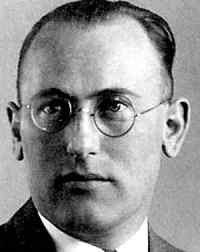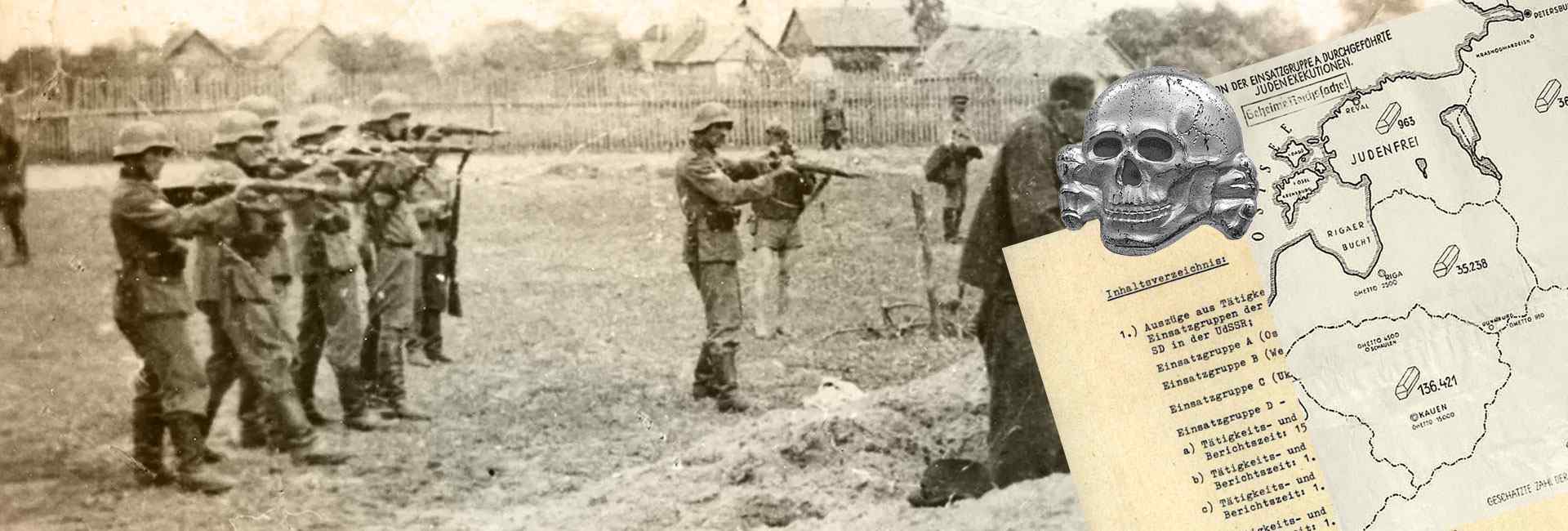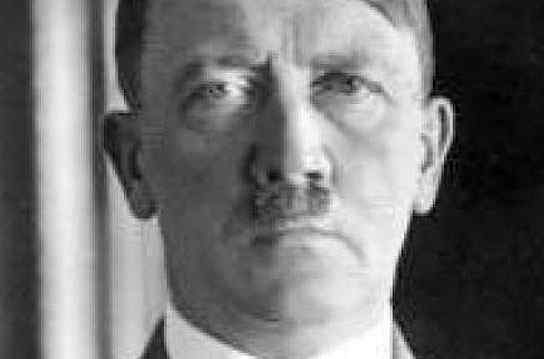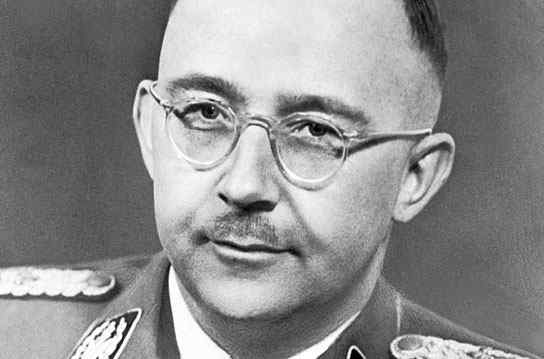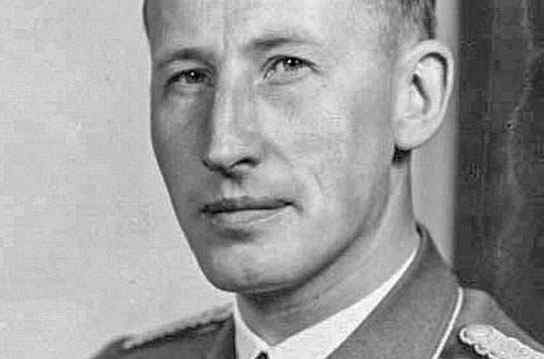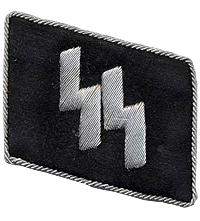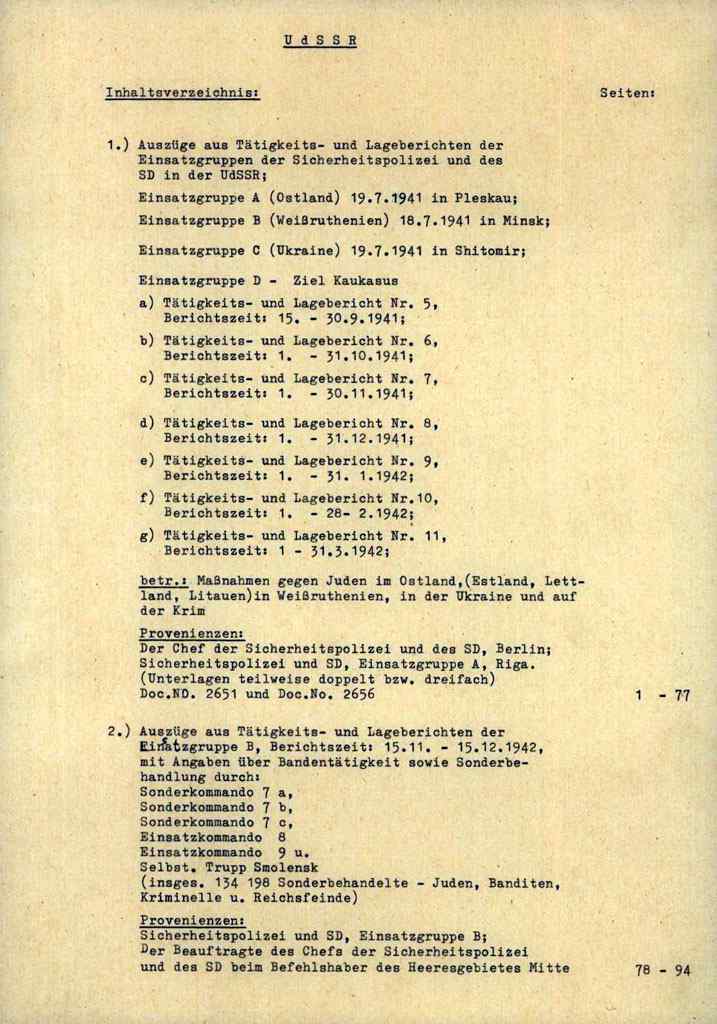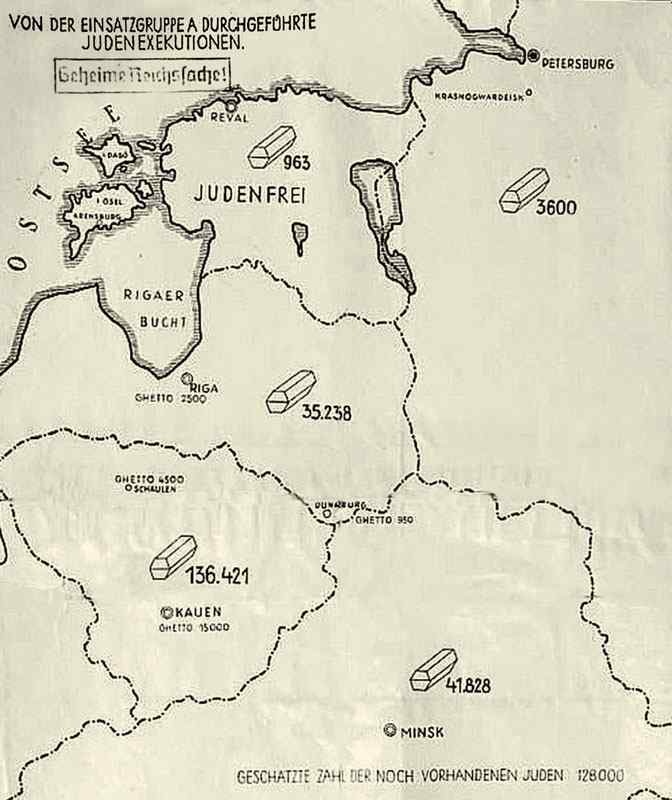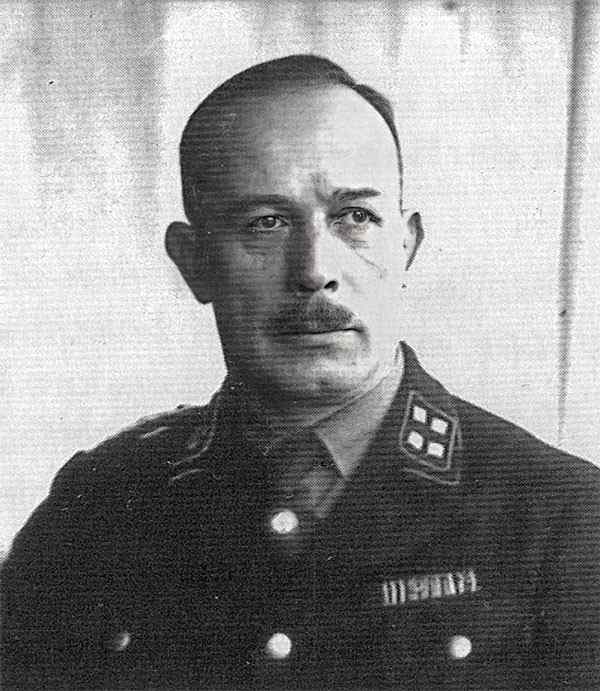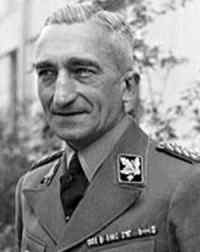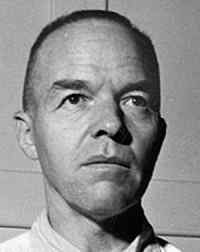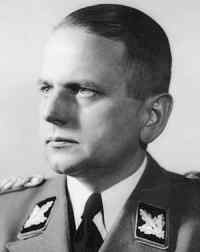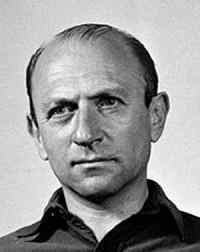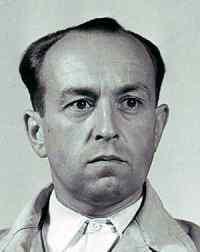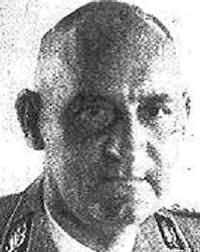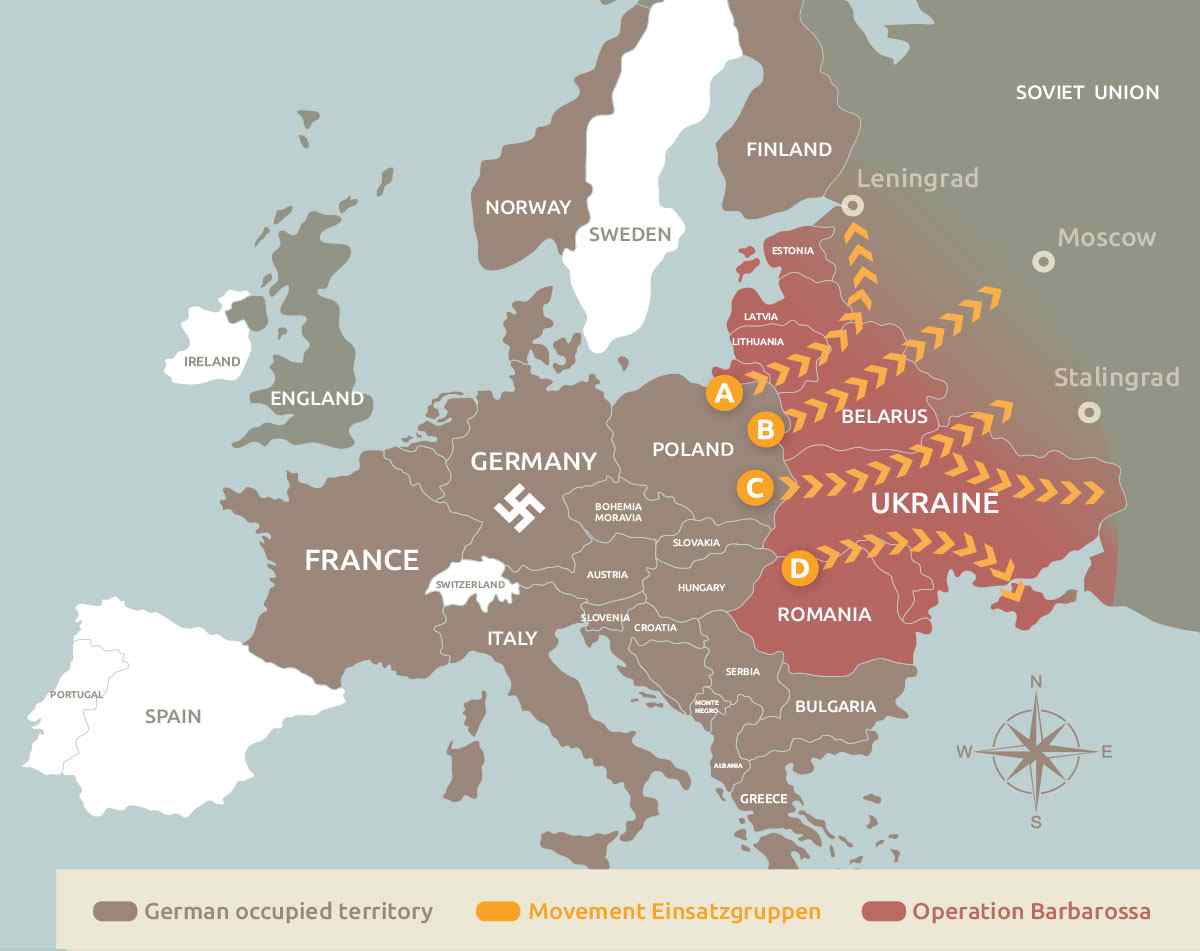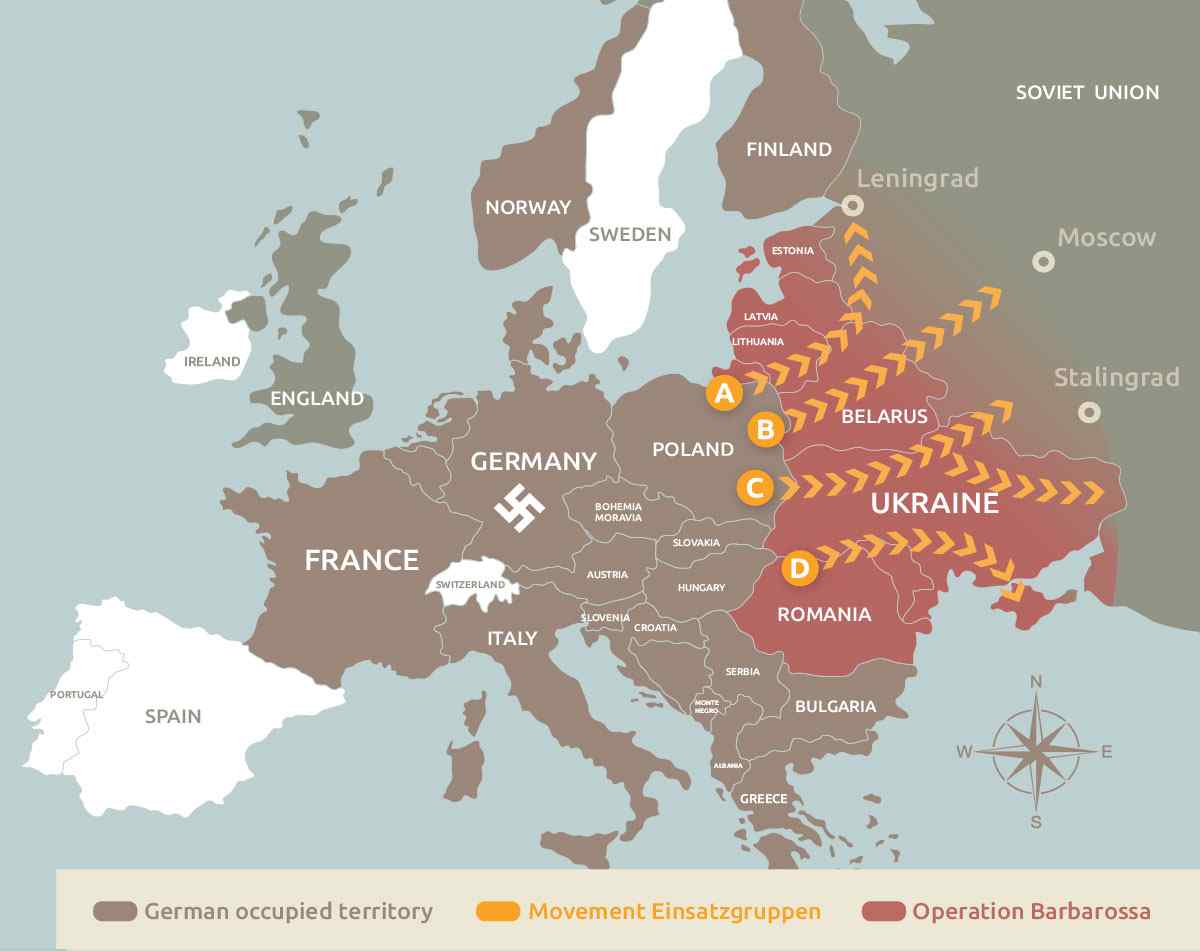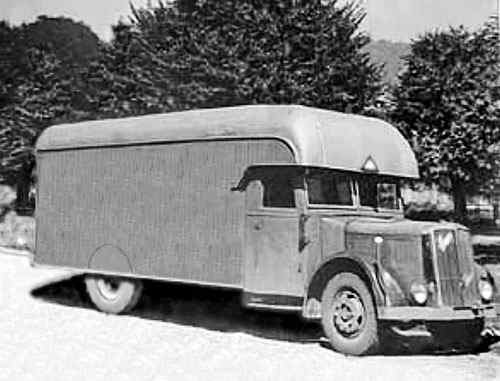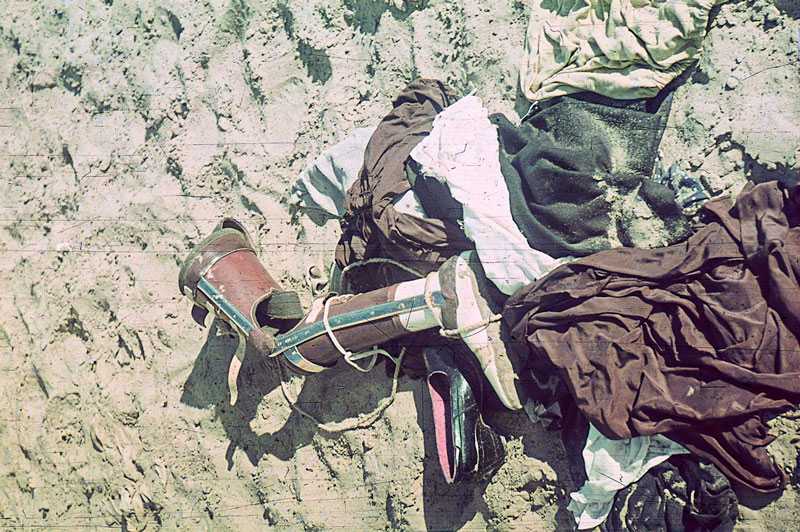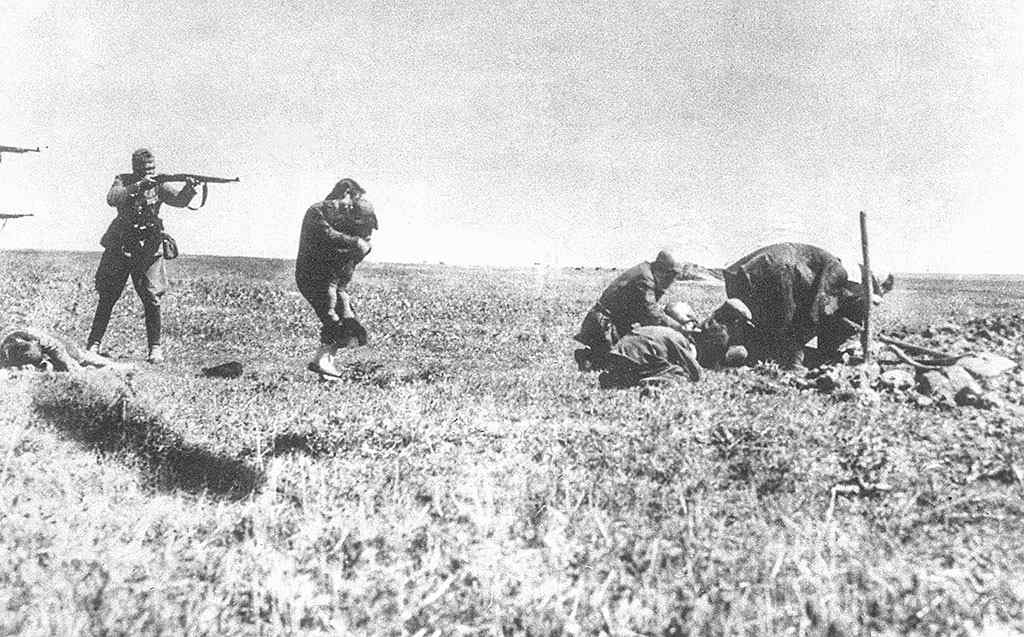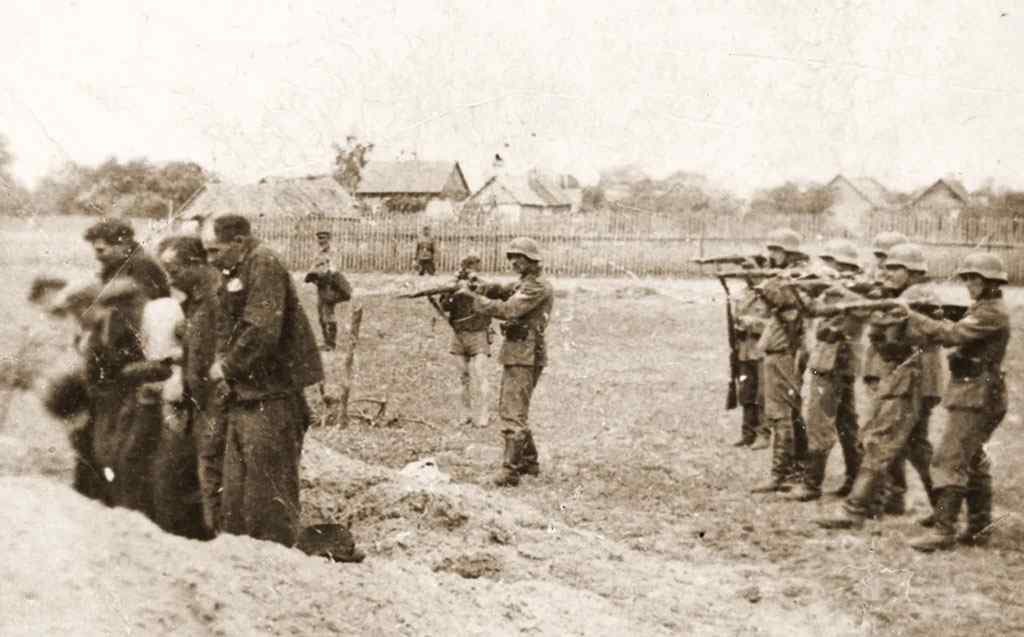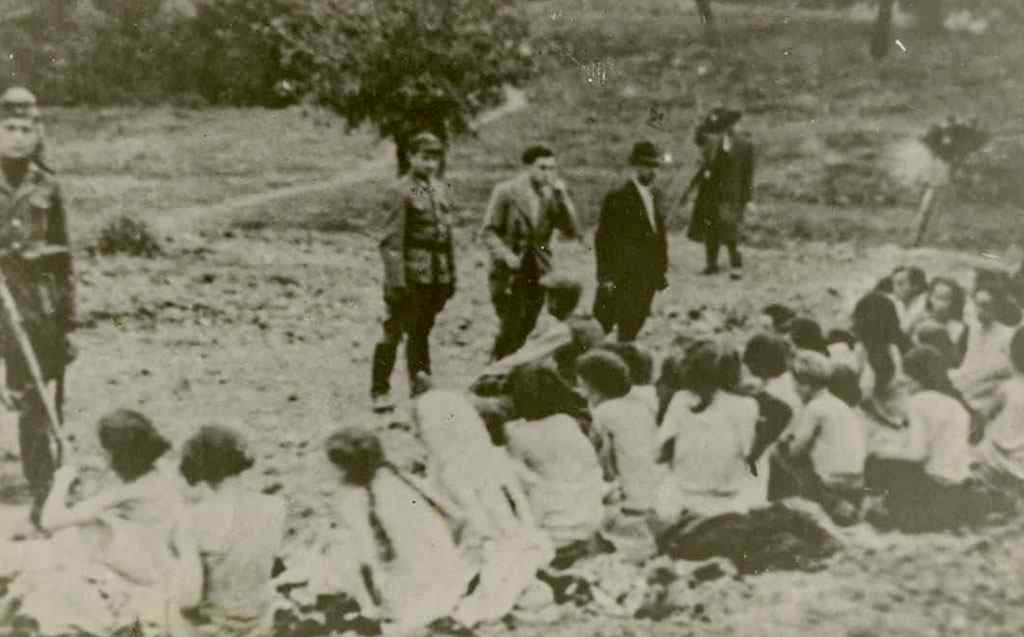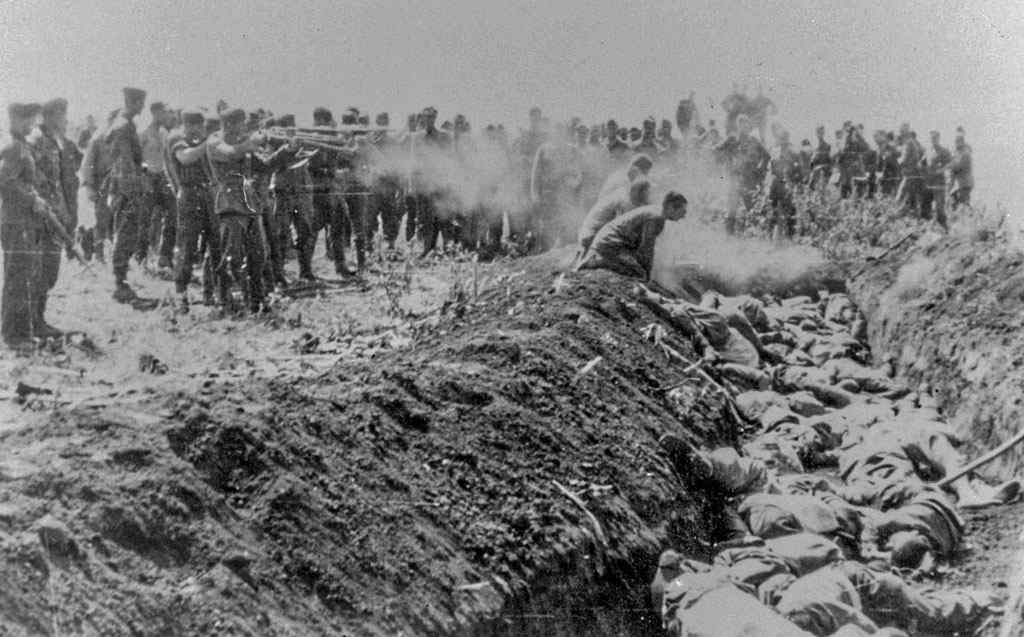Was the manpower of the Einsatzgruppen sufficient?
No, even with an auxiliary force of 10.000 police officers and 33.000 locals, the Einsatzgruppen still didn't have enough man power to wipe out all the Jews in Eastern Europe. Other SS units received orders to participate in this task. Such as the Tilsit Commando (that operated in Poland), many frontline SS Brigades, the Fegelein Cavalry Division in the marshes of Polesia, the Wiking division in the Ukraine and the Reserve Police Battalion 101.
And also the infamous SS 'Sturmbrigade Dirlewanger' which was made up of convicted criminals and led by Oskar Dirlewanger, a well known psychopath and convicted child molester. The Werhmacht (the regular German army) also lend a hand in the extermination aktions.
Psychological impact of executing innocent people
Surprisingly, members of the Einsatzgruppen experienced battle fatigue, mental anguish, and severe alcoholism due to the mass shootings of innocent men, women and children. In 1941, during a trip to Russia, SS Reichsführer Heinrich Himmler discovered this psychological toll and tasked Arthur Nebe of Einsatzgruppe B to find less stressful methods of killing.
A plan was formed to develop more efficient and emotionally detached ways of mass killing. On October 13th, 1941, Heinrich Himmler instructed SS and Police Leader Odilo Globočnik in Lublin to initiate the construction of the first extermination camp at Bełżec in occupied Poland.
Movement of the Einsatzgruppen (1941-1942)
Click on the map to enlarge
The map above illustrates the movement of the Einsatzgruppen A, B, C, and D from June 1941 to November 1942. These mobile units tracked alongside the advancing German Wehrmacht into the Soviet Union under Operation Barbarossa.
In a distressing series of events, pogroms (violent riots aimed at exterminating or forcing out specific ethnic or religious communities, notably Jews) and mass shootings, often referred to as the Holocaust by bullets, led to the merciless slaughter of tens of thousands of Jews and individuals opposed to the Reich. These horrifying acts transpired across Eastern Europe, where victims were denied any semblance of a fair trial or formal charges.
Facts about Operation Reinhard
The Nazis carried out a dark plan codenamed 'Aktion Reinhard,' constructing extermination camps like Bełżec, Treblinka, and Sobibor in occupied Poland.
This initiative, closely linked to the Final Solution, aimed to methodically wipe out entire groups of people.'Aktion Reinhard' orchestrated the creation of these death camps to efficiently annihilate countless lives. Upon arrival, victims were swiftly executed, and the camps were later dismantled to erase evidence of the horrors. The SS even planted trees on the former camp sites in an attempt to hide their actions.
While the origin of the name 'Aktion Reinhard' is debated, it's often connected to Reinhard Heydrich, a key figure in the Final Solution discussed during the Wannsee Conference in January 1942. Ongoing discussions delve into this historical phase, but 'Aktion Reinhard' came to an end in November 1943, leaving a stark reminder of humanity's capacity for cruelty throughout history.
Murder by gassing in the Soviet Union
The harrowing legacy of gassing vans, responsible for the deaths of approximately 700.000 individuals, primarily Jews, Roma (Eastern European Gypsies), perceived enemies of the Reich and those with mental illnesses, unveils a chilling aspect of history.
Remarkably, the notion of the 'gas van' was not a creation of the Nazi regime. Its origin traces back to the Soviet Union in 1936. The architect behind this method was Isay Berg, a prominent figure within the NKVD, later known as the KGB, in Moscow.
These vans, ingeniously designed to be hermetically sealed, utilized engine exhaust redirected into an enclosed compartment, resulting in the suffocation of groups of prisoners. Shockingly, this macabre innovation was adopted by the Nazis as a means of mass extermination. The chilling exchange of sinister ideas between oppressive regimes serves as a somber reminder of humanity's darkest inclinations. This article sheds light on this distressing history, underscoring the disturbing evolution of a tragic method across two ruthless regimes.
